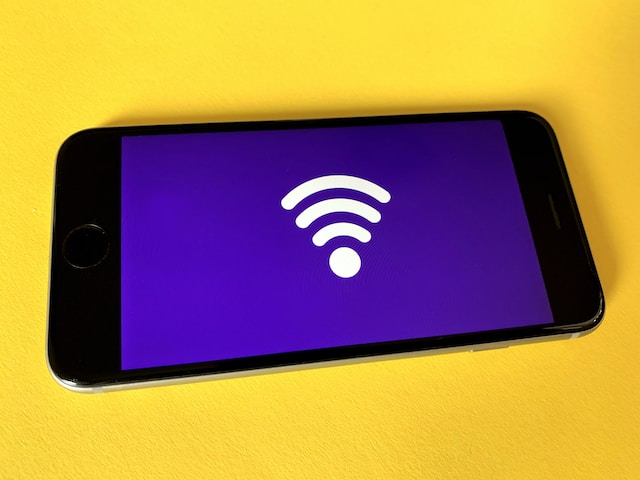
Stepping into a global classroom for the first time can be unnerving for a new teacher. But, with proper training, educators can own and excel in such diverse classrooms. Prospective educators can learn modern teaching strategies with Teachers of Tomorrow through their alternative certification program, which prepares them for diverse classrooms.
Challenges for Teachers in a Global Classroom
Global classrooms pose numerous challenges for educators, including:
1) Students for whom English is a second language
2) Students with low levels of confidence
3) Students who may struggle with expressing themselves
4) Creating a safe learning environment for each student
Effective teachers should also:
1) Foster recognition and acknowledgment of the diverse cultures among students
2) Apply different instructional techniques and modes of learning
3) Deliver lessons that reflect students’ experiences.
The Role of Cross-Cultural Communication in Global Classrooms
Students in a global classroom may interpret words differently, depending on the words, pitch, or tone used. So teachers must be mindful of how they communicate. Some students may find the teacher's tone normal, while others interpret it as harsh.
What's a teacher to do?
It can be hard to predict how all diverse learners perceive tone. However, teachers should identify the cultural background of each student and the rules governing verbal communication in each community.
They can then note areas of overlap and significant differences in how diverse groups communicate. This allows the teacher to know what to avoid, what to include, and when to clarify the meaning behind their statements or comments.
Here are other ways teachers can promote cross-cultural communication in the classroom:
Avoiding Culture-Specific References
Global students may not understand references to particular cultures, especially if the culture is vastly different from theirs. If they must use culturally specific references, teachers should explain the culture's meaning and contextually link the reference to a concept the students understand.
Avoiding Jargon
In a diverse classroom, jargon and complex words will fly over most students’ heads. The same goes for acronyms and slang. Use simple words instead and explain any acronyms you mention..
Be mindful to notice when slang and jargon creep into your speech so you explain what they mean. Remember: Your students may not feel confident enough to ask the meaning behind some words. Or they may be embarrassed to interrupt the class to ask what you mean each time you use these words.
Preparing Teachers for Global Classrooms
With enough preparation, teachers can enjoy a wonderful teaching experience in the global classroom. It takes deliberate effort to nurture understanding between:
- The teacher and the students
- The students themselves
Some ways teachers can prepare for global classrooms include the following:
Make Classes Interactive
One of the ways to make students feel like their point of view matters is by making lessons interactive. This way, everyone is free to participate. Using this approach allows the educator to assess how well the students understand the topic of discussion and offer as much personalized attention as each student needs.
Use Educational Technology
Edtech offers lots of benefits for global classrooms. It:
- Makes learning dynamic
- Promotes collaboration
- Boosts student engagement in class
- Allows teachers to invite other educators, professionals, or experts to join the class
- Allows students to learn at their own pace
- Allows teachers to track student performance and offer one-on-one support as needed
Include Group Activities
Group activities allow students to share their perspectives and learn from each other. Group discussions, projects, and presentations have the potential to build students’ confidence, leading to a positive learning experience overall.

Be Generous with Feedback
Give students feedback as often as possible. As a tutor, you may be cautious of giving negative feedback, particularly to non-native students. However, they need this feedback to know what to work on.
The key is in framing your feedback correctly. Point out what the student did well and mention how they can improve. Acknowledge their effort, even when they didn't get everything right.
Be Keen on Non-Verbal Communication
Teachers should be aware of the message they and the students are sending, even when no word is said. Specific things to look out for are:
Voice
Is it fearful? A shaky voice may imply that the student is nervous. On the other hand, a cheerful and empathetic voice may help the students relax.
Face
Teachers can portray friendliness by smiling, establishing eye contact, and nodding as the student speaks. Avoid frowning or sneering, as it could make the student assume you're displeased with them or don't like them.
Posture
Take note of students’ posture. Do they look comfortable or tense? Are they paying attention or distracted? You can help anxious students relax by maintaining a relaxed posture and paying attention to each student as you speak.
Conclusion
The global classroom is not just a fad; in many ways, it’s the future of education in a globalized world. Teachers must take specific measures and preparatory steps to be effective and meet the needs of global classrooms. Paying attention to non-verbal cues and pushing for cross-cultural communication can help create an inclusive environment for successful learning.











